Best double cab pick-ups 2025
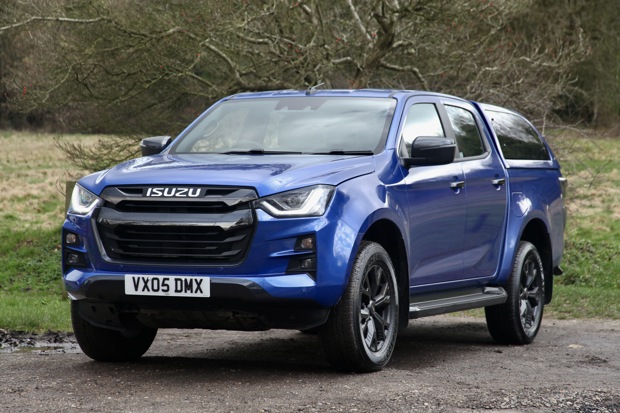
Double cab pick-ups offer the best both worlds — utilitarian working vehicles and superb for towing, as well as being able to live up to the demands of family life.
If you run a business, then there are also some significant savings to be made with HMRC, as if you can demonstrate that your vehicle is used for work then you will pay a flat rate of Benefit-in-Kind (BIK) tax, which works out far cheaper than many company cars.
As the number of choices in the pick-up market has reduced significantly, many of our favourite double cabs are now only available as used buys — as a result they represent even greater value for money.
Here are the best new and used double cab pick-ups you can buy.
Best double cab pick-ups |
Isuzu D-Max
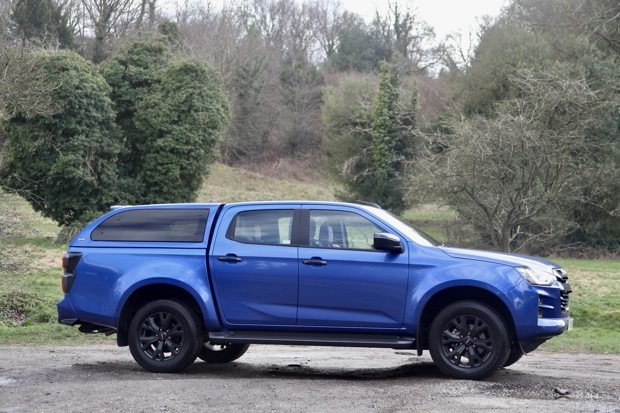
If you’re looking to get maximum value for money combined with durability and great towing ability, then the Isuzu D-Max is hard to ignore. Farmers love them, as do people who need to tow regularly, thanks to its one-tonne payload and 3.5-tonne towing capacity. Yet despite being a tough cookie, the Isuzu D-Max is also surprisingly refined.
Volkswagen Amarok
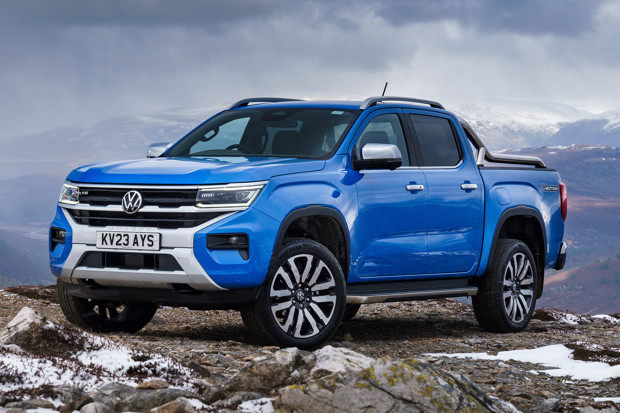
Developed alongside the Ford Ranger, the Volkswagen Amarok is a superb truck with a genuine feeling of class and refinement about it, despite its traditional ladder frame chassis. It holds its value well and looks great, while the tech features and comfort are impressive. The engine range is strong, too.
Ford Ranger
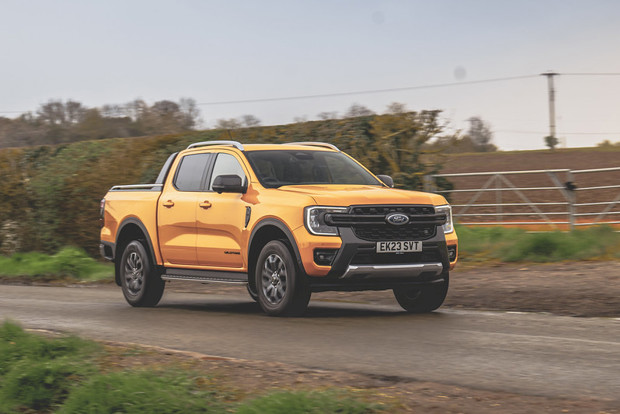
With its functional nature, bold image and bright colour pallet, the Ford Rangee manages to distinguish itself well from the Volkswagen Amarok with which it shares much of its bodywork, as well as engines and interior. While it's marketed as a leisure vehicle as much a working truck, it will still tow up to 3.5 tonnes and has impressive traction and good off-road ability.
Toyota Hilux
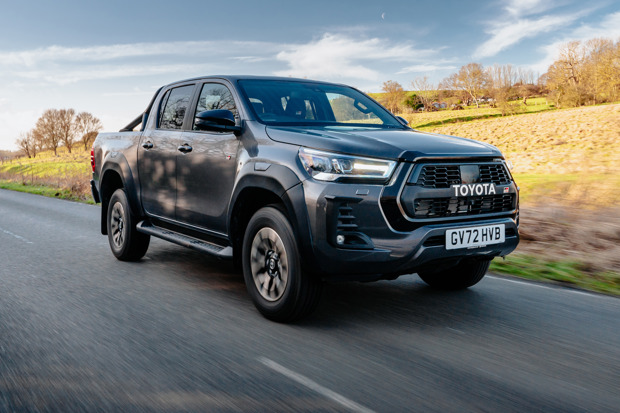
All over the world, the Toyota Hilux has a reputation for being one of the toughest trucks there is and with a brilliant 2.8-litre diesel engine and peerless off-roading capablity that's hardly a surprise. The latest generation is more refined than ever, with a cabin to match the quality of its European rivals and impressive levels of tech and safety kit. It also tows brilliantly.
KGM Musso
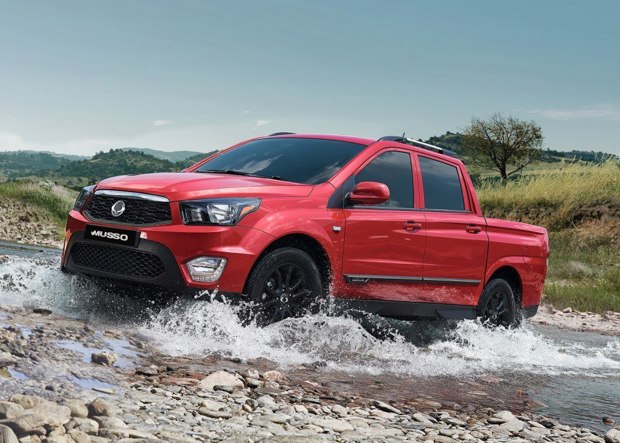
With a seven-year warranty and super-keen pricing, the KGM Musso is a well-packaged and hard-working pick-up that is offered only in double-cab layout. Previously sold as a SsangYong until it was replaced by the KGM brand at the start of 2024, the Musso comes with a lively 181PS diesel engine and a wide, spacious load bay, making it a terrific workhorse.
Mitsubishi L200
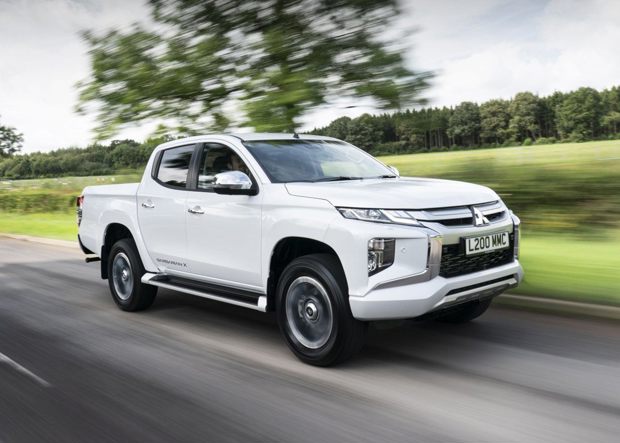
For years, the Mitsubishi L200 was the go-to pick-up of choice for many bouers, both for business and for leisure. Sadly, Mitsubishi's decision to withdraw from the UK market in 2022 means you can only buy a used L200 these days, but it's still a terrific truck with fantastic off-road and towing ability. Prices are still strong as a result.
Nissan Navara
.jpg?width=620)
Rugged yet fun-to-drive, the Nissan Navara is pretty spacious in King Cab format, which gives it the edge over some of its rivals. It's also very comfortable, especially if you go for the range launched in 2016 with car-like multi-link rear suspension, which drives more like an SUV than a truck. The Navara ceased production in 2022 but there are plenty of used models around. Beware of rusty chassis on early models, though.
Mercedes X-Class
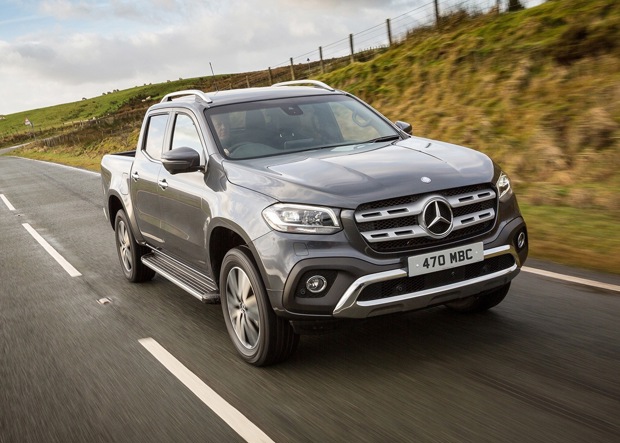
With a production run of less than three years and a hefty price tag when new, it's not surprising to find that the Mercedes X-Class is a rare beast. That said, it's a hugely appealing second-hand choice, with plush levels of refinement and comfort befitting of the three-pointed-star brand. Under the skin, it's based on the Nissan Navara and that makes it one of the best pick-ups to drive.
Fiat Fullback
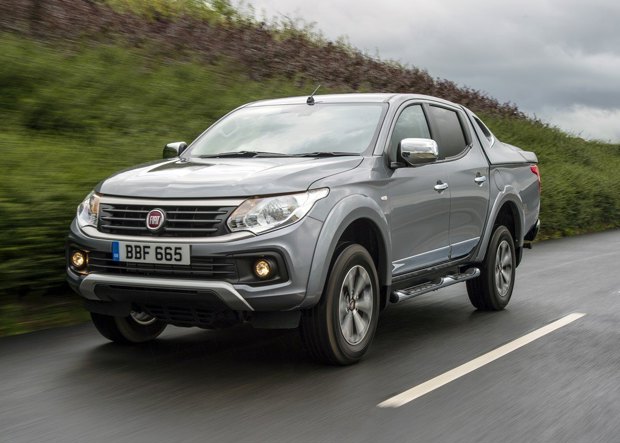
A left-field choice in the pick-up market, the Fiat Fullback was essentially a rebadged Mitsubishi L200 created to help Fiat enter a new market niche. It was short-lived, as when Fiat became part of Stellantis in 2019 the relationship with Mitsubishi came to an end. Badges and trim aside, the Fiat Fullback is exactly the same as the Mitsubishi but a lack of familiarity among the buying public makes it cheaper — and that's great news for canny buyers.
How does benefit-in-kind tax work for double cab pick-ups?
The current rules state that any double cab pick-up with a 1,000kg minimum payload will only incur the flat LCV rate of company vehicle tax. If the truck has a load bay cover installed the minimum payload to qualify increases to 1,045kg.
In 2024-25 this means those in the 20% income tax band pay a flat annual rate of £792 per year in BIK tax and 40% tax payers pay £1,584.
Does this rule also apply to double cab vans?
Yes, it does — but not if the van is classed as an MPV (multi-purpose vehicle) or minibus. It only applies to vans with a fixed bulkhead between the passenger compartment at the area designated for cargo.
Is a towing capacity of 3.5 tonnes additional to Gross Vehicle Weight?
Yes, it is — and it's important to understand the distinction between different weight measurements.
Gross Vehicle Weight (GVW) is the maximum permitted weight of the vehicle plus passengers and cargo, while Gross Train Weight (GTW) is the total allowable weight of the vehicle, its contents and whatever is being towed.
Using an Isuzu D-Max Double Cab as an example, the truck on its own weighs 1985kg, but its Gross Vehicle Weight is 3100kg. The difference between those figures, 1115kg in this case, is the payload.
While the D-Max can haul a 1000kg in its loadbed, doing so with a driver and a passenger weighing 75kg each would come to 1150kg, some 35kg over the maximum payload.
Isuzu quotes the D-Max Double Cab as having a maximum braked towing capacity of 3500kg, however, in this case the Gross Train Weight isn't simply that figure added to the Gross Vehicle Weight — instead of 6600kg, Isuzu quotes 6000kg for the GTW. Remember, the GTW includes the weight of the vehicle itself with no passengers or cargo aboard.
In other words, if you wanted to maximise the D-Max's 3.5-tonne towing capacity, once that and the vehicle's own weight have been deducted from the GTW, you have 515kg left to play with — and that's without taking the driver's weight into account, let alone that of passengers and cargo.
Whatever you're driving, if you plan to tow it's essential you know what the Gross Train Weight is and ensure that's within the vehicle's approved limits. If it's not, the vehicle could prove difficult to control, risking the safety of other road users as well as yourself, something the police take a very dim view about.
